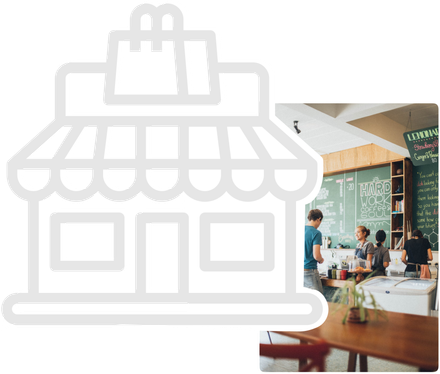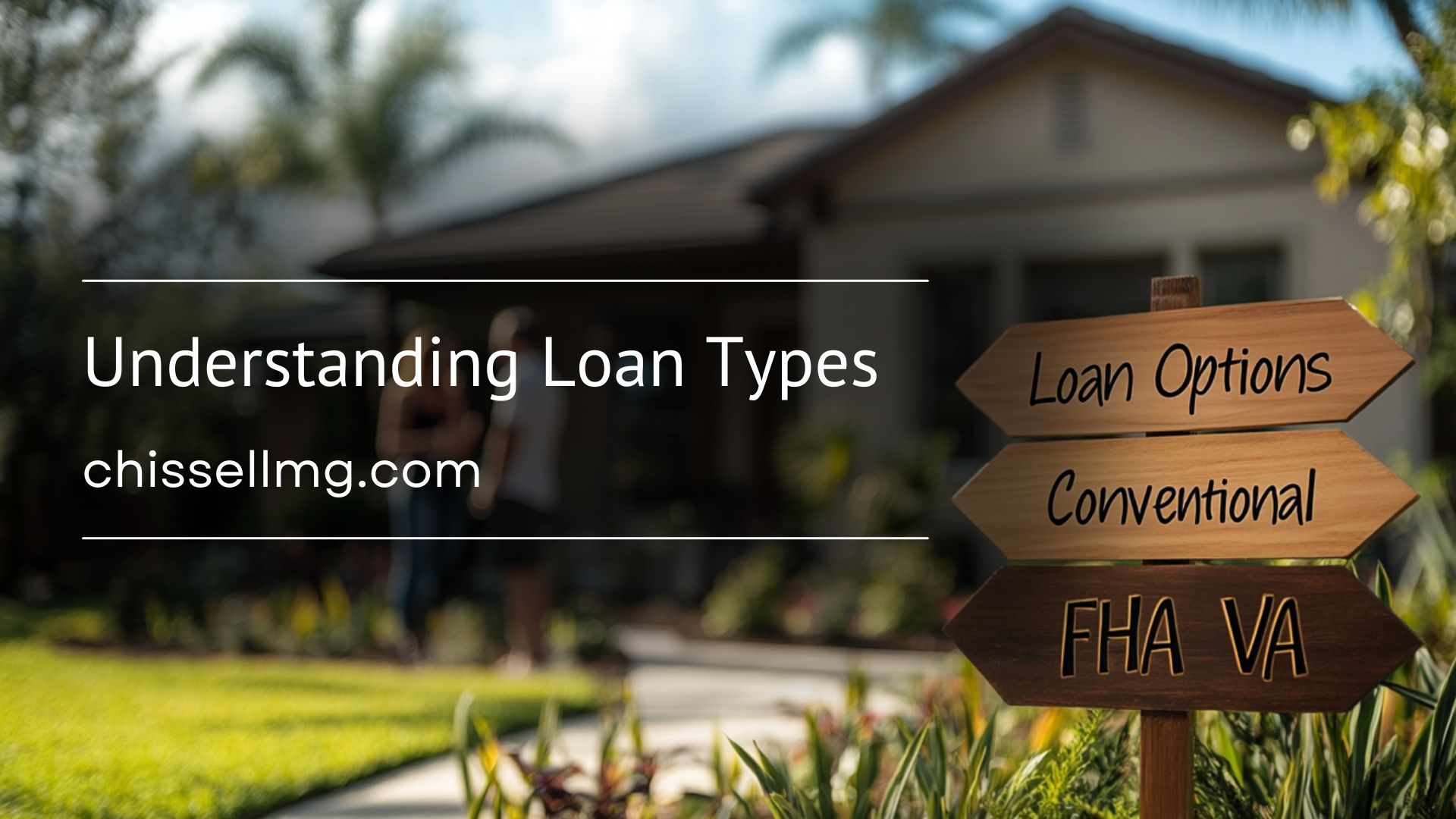CHISSELL MORTGAGE GROUP
For All Your Mortgage Needs!
Residential Home Loans
You need to understand three things when applying for a mortgage:
- Your borrowing power
- Your loan type qualifications
- Your ideal monthly payment (budget)
Let us help. Fill out our short questionnaire, and we will help you determine your pre-qualification, best loan type, and budget.
Refinancing
Shopping mortgages can be like shopping for car insurance. Every lender will evaluate your risk differently and then offer you a rate depending on your risk profile.
A lower risk profile means a better mortgage rate, and that's where mortgage brokers can help!
Experienced mortgage brokers can look at your specific circumstances, complete your mortgage application, and shop for the best rate without running multiple credit checks.
Contact us today to start shopping for new rates.
Commercial Loans
Buying commercial property is very different than purchasing a home. The property's primary purpose is to make you money, save you money, or improve your balance sheet. Likewise, qualifying for a commercial loan is different. Banks will look at your business credit score, annual revenue, coverage ratios, and debt-to-income.
You need someone in your corner who understands how to prepare your documents for success, shop the best rates, and help you through the complicated process of applying for a commercial loan.

Mortgage Calculator
Want to estimate your monthly payments? Try our mortgage calculator and see what you can afford.
Mortgage Blog | Borrowing DOs and DONTs
Stay up to date about changes in the housing marketing and learn the borrowing DOs and DONTs to ensure you get the best terms at the best rate.















